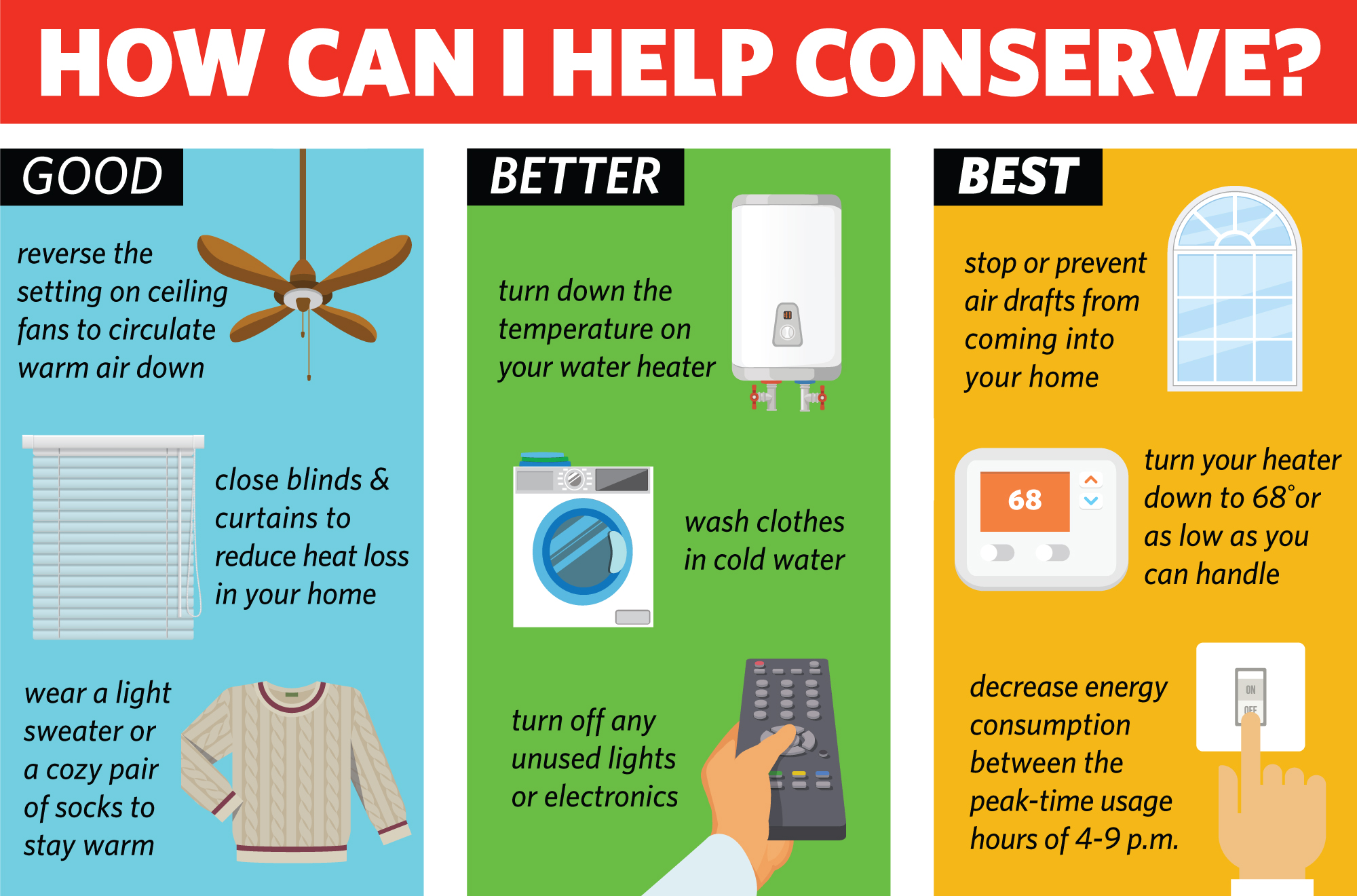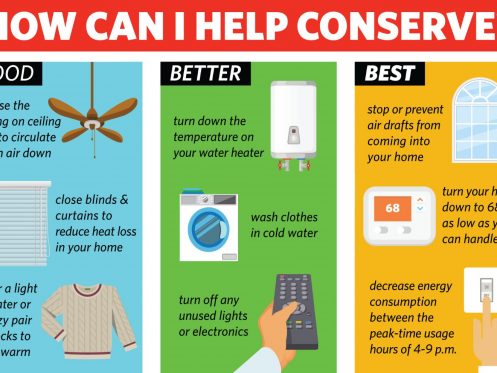The New Year’s arrival in South Central Texas often brings with it the coldest winter weather conditions we experience throughout the year. Your first inclination when you feel a chill in your home may be to crank up the heat. Just remember, the higher you set the thermostat, the more energy you consume.
We have some tips to help you feel warmer in your home without adjusting your thermostat’s temperature too low.
 Layers of Comfort
Layers of Comfort
This piece of tried-and-true, motherly advice is an effective way to stay warm and cozy inside, as well as outside. Wearing multiple thin layers of clothing, rather than a single thick layer, works to keep you warm by trapping warmer air between layers.
Putting on a light sweater or extra pair of socks when you’re relaxing at home gives you a way to adjust your comfort level without adjusting your thermostat. Adding or shedding a layer might be just as effective for your personal comfort as turning the heat up or down a couple degrees—without making your heating system do as much extra work!
Utilize Your Curtains
Opening your curtains on a sunny day can have a small warming effect in your home, as the sun shines onto your windows, heating the glass. Closing them at night or when it’s cloudy out will help insulate and keep cold air out. Blackout shades with thermal lining are even available from some retailers.
Turn Things Off
Limit electricity usage to only consumption that is absolutely needed. Turn off all unnecessary lights, appliances and electronic equipment
Turn Down Your Thermostat
The recommended setting for your thermostat when heating your home during the winter is 68 degrees. If that seems too cool, adjust the temperature to as low as you can comfortably stand. Every degree you lower your setting in the winter can help save up to 4-6% in energy costs.
Turn Down Your Water Heater
Generally, water heaters tend to be pre-set at 140 degrees, however, many manufacturers recommend setting the thermostat to 120 degrees for two reasons: 1) to avoid scalding (especially applicable if you have infants or toddlers), and 2) to save energy.
Avoid Peak-Time Consumption
Peak energy usage during the winter occurs between the hours of 5 to 9 a.m. and 4 to 9 p.m. Avoid using appliances such as dishwashers, washing machines, clothes dryers and water heaters during these times.
Seal Cracks and Crevices
Cold air can creep into your home through cracks and crevices in rooms. Use draft stoppers along the bottoms of outside-facing doors and window seals to avoid letting warm air escape and allowing cold air in.
Run Your Ceiling Fan in Reverse
Most ceiling fans have a reverse setting, allowing you to reverse the direction of circulation. When fan blades circulate in a clockwise motion, an updraft is created, pushing warmer air near the ceiling down in a room. This will help you utilize the warm air your heating system is producing more efficiently, reducing the need to turn your thermostat up even higher than it’s already set.
Stay Up to Date With Extreme Cold Weather Conditions With GVEC
When extreme cold weather conditions arrive in our area, be confident knowing GVEC is prepared to handle possible outages and has our team in place to address any concerns you might have.
Stay informed of local weather updates through your local weather and emergency services, and follow GVEC on Facebook, X (formerly Twitter) and Instagram, or check gvec.org to stay updated on any Cooperative news.



